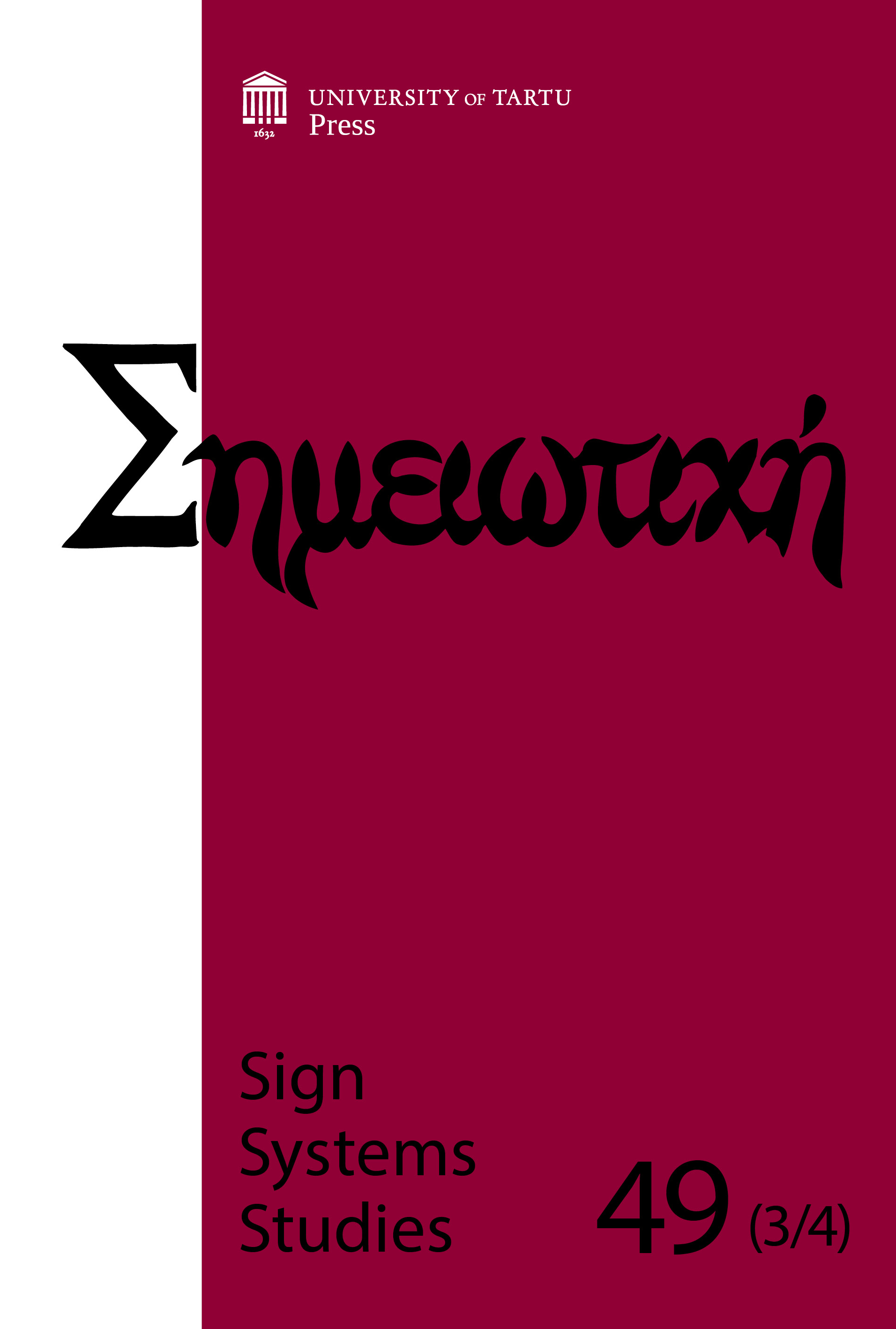Fatal portraits: The selfie as agent of radicalization
DOI:
https://doi.org/10.12697/SSS.2021.49.3-4.16Keywords:
micro-influencer, terror, selfie, self-portrait, jihad, social media, branding, networked communities, social photo, necro-celebritismAbstract
For the modern-day jihadist, the digital self-portrait or, more specifically, battlefield selfie is a popular tool for identity building. Similarly to the selfies taken by non-violent practitioners of self-capture culture, the jihadist selfie represents an alternative to the Cartesian formulation of a unitary and indivisible self. Rather, it is a product of social relations and performative actions, constituted in dialogue with others through very specific socio-cultural frameworks and expectations. However, unlike its non-violent Doppelgänger, the expectations of this dialogue are centred around a larger political agenda which actively seeks to reformat collective memories of imperial Islamic conquests and co-opt religion as a way to impose a moral order on its violence. Importantly, the battlefield selfie allows the jihadist easily to traverse the boundaries between two seemingly opposing belief systems. Although there exists a wealth of scholarship of self-capture culture, image sharing sites and micro-celebritism, their pervasive influence and practice on battlefield is understudied. This article draws from the personal histories of key Islamic extremists who were both lionized and demonized as a result of their battlefield micro-influencer practices. Today, however, the same individuals can achieve internet fame by participating in self-capture culture – posting selfies, videos or blogging. In other words, never before has a soldier’s public communication been so personal yet collective.


